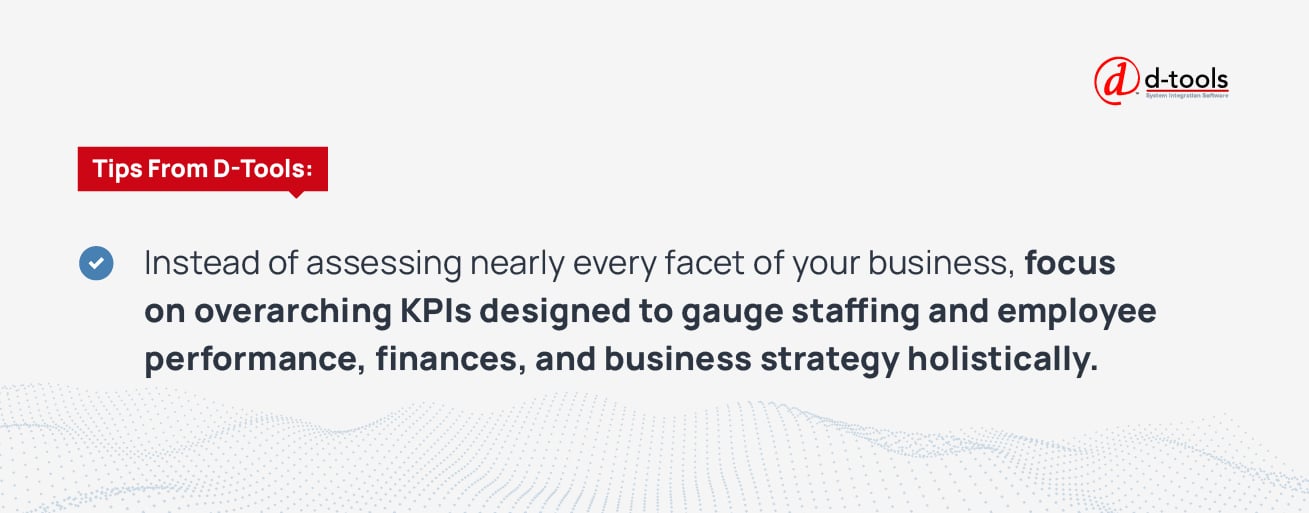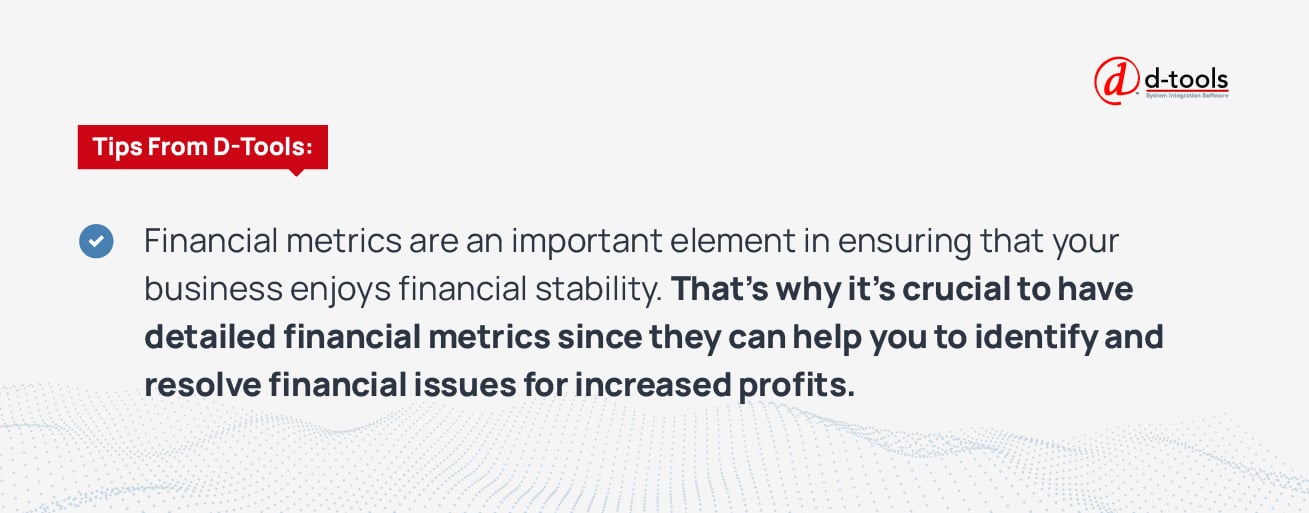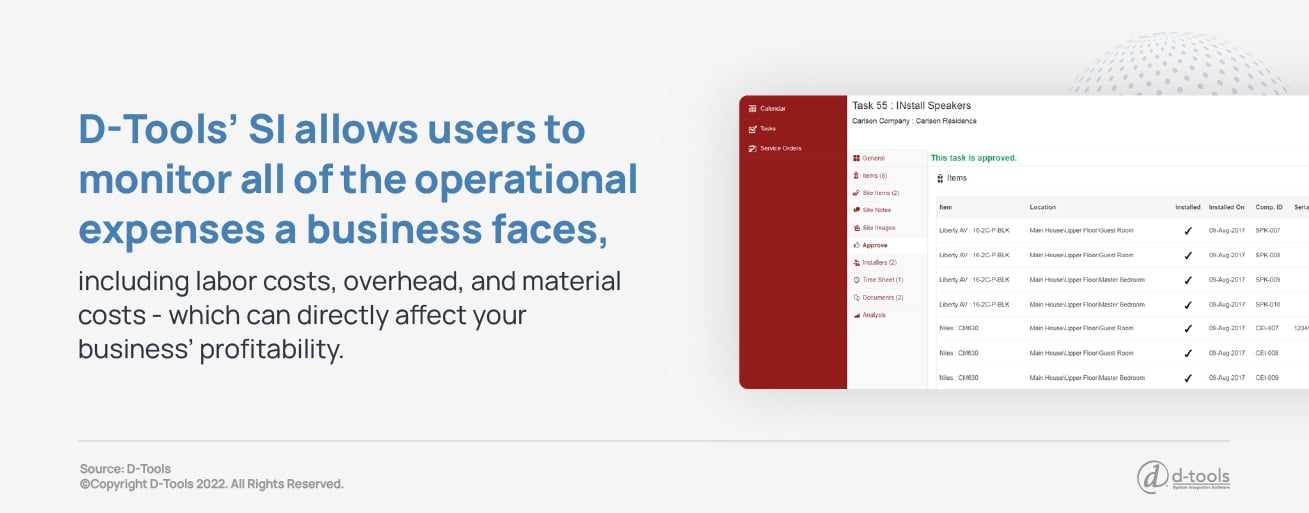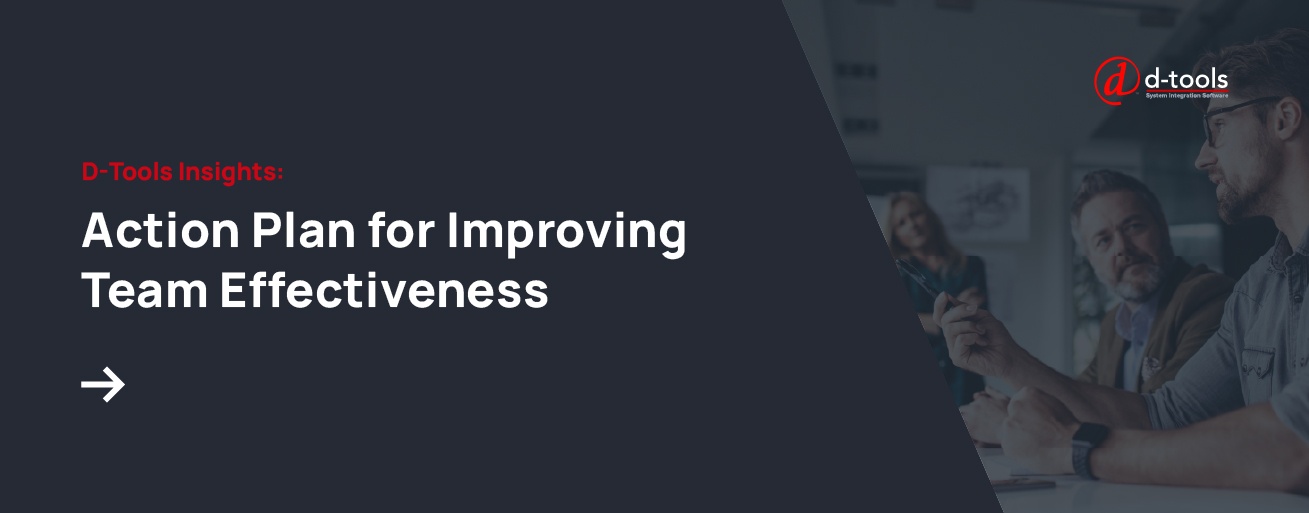Operations managers are responsible for managing day-to-day business performance and evaluating and improving the performance of the business over time. Great operations managers identify critical areas of opportunity, propose changes and enhancements, and increase performance in those areas accordingly. They accomplish this in part by tracking and analyzing vital operational metrics.
Thanks to technological advancements, tracking operational metrics is easier than ever — but if operations managers don’t know which metrics to track, they can lack essential information or overwhelm themselves with data. Determining the most important metrics for operations managers to focus on helps ensure that what is being tracked and analyzed is beneficial and manageable.
Why Operational Metrics Matter
Operational metrics (also referred to as key performance indicators or KPIs), help evaluate and improve business performance.

You could assess nearly every facet of your business, but overly detailed monitoring consumes time and erodes employee trust. Instead, it’s better to focus on overarching KPIs designed to holistically gauge staffing and employee performance, finances, and business strategy.
As an operations manager, you can use that information to discover what’s working well for your business and what areas you need to improve on. And with the right metrics, you’ll gain valuable insight to streamline business operations and increase profitability.
17 Most Important Metrics for Operations Managers
By leveraging the following operational metrics, you can keep your data — and the evaluation of that data — focused on staffing and employee performance, finances, and business strategy.
Staffing and Employee Performance Metrics
Operations managers need to evaluate employee performance and productivity, ensuring new hires are onboarded appropriately, employees receive the training they need to maximize productivity, and teams consist of employees who work together well. Several key metrics can help managers evaluate employee performance and staffing better.
1. Employee Productivity
The employee productivity metric measures how well employees manage their time and accomplish their work. Highly productive employees are valuable to your business, and you can also learn from their work methods and implement those same strategies to help less productive employees. Employees who have lower productivity rates may benefit from additional training or tools.
2. Quality of Work
As a subjective metric, quality of work can be challenging to measure but doing so is vital to accurately analyzing employee performance. You may have the best results by surveying team leaders and employee supervisors or relying on employee performance reviews for insight into their performance.
>> Related Read: An Action Plan for Improving Team Effectiveness
3. Quantity of Work
It’s much easier to measure the quantity of work that an employee produces. This metric directly ties to employee productivity. It can help you understand which employees are performing well and who may benefit from additional training or a procedure change.
4. Absenteeism
An employee’s absenteeism rate can directly affect productivity, but it may also indicate that an employee is disengaged. Tracking absenteeism can help to identify employees who may be at risk of underperforming or even thinking of leaving the business. Working with these employees to get them engaged and solve problems they may be having can help boost employee retention.
5. Overtime Hours
Tracking overtime hours can help to identify workloads that may be unrealistic, projects that need to be better managed, and areas of the business that would benefit from additional staffing. Excessive overtime can strain staff morale, so this is an important metric to track and address.
6. Staff Time Utilization
The staff utilization rate refers to the amount of time staff spend working on billable tasks versus time spent on non-billable tasks. This metric may help identify administrative and policy issues that drain staff time and cost your business extra money.
>> Related Read: Solve the Field Service Scheduling Conundrum (Finally!)
7. Employee Satisfaction and Turnover
Monitoring employee satisfaction can help you identify what’s working well and where areas of improvement exist within your company and culture. You can ask employees to take anonymous, periodic surveys indicating their satisfaction. This is often closely associated with turnover rate, which is equally important to monitor. A high turnover rate can cost your business extra money in recruiting and training new hires, but it can also affect the morale and performance of existing employees.
Financial Metrics

Detailed financial metrics are crucial since they can help you identify and resolve financial issues for increased profits. Financial metrics can help you quickly identify changes to your business's financial health and are important in ensuring that your business enjoys financial stability.
8. Gross Profit and Net Profit
It’s important to track both gross profit and net profit. Gross profits are your income before taxes are deducted. Net profits are the profit that remains after having deducted taxes and other expenses. Both of these figures help you monitor your business’ profitability.
9. Debt-to-Asset Ratio
Your business’s debt-to-asset ratio focuses on how many purchases your business buys using credit, which accumulates debt. If this ratio gets too high, it can indicate that your business is taking on a significant amount of debt to fund its operations. The interest on that debt can eat into profits.
>> Related Read: 5 Ways to Generate Recurring Business Income
10. Accounts Receivables Turnover
The account receivables turnover metric identifies whether your business can pay its bills on time. This metric tracks the number of times bill payments are made in a specific period. The higher the number, the more promptly a business pays its bills.
11. Operational Expenses
It’s also important to carefully monitor all of the operational expenses a business faces, including labor costs, overhead, and material costs. These expenses can directly affect your business’ profitability.

Business Strategy Metrics
Metrics can also inform your overall business strategy, including your approach to the services and products you offer.
12. Conversion Rate
The conversion rate, which is the percentage of website visitors who become paying customers, can help to evaluate how well your positioning and marketing are working.
13. Customer Retention
The percentage of customers who continue to pay for subscriptions or become repeat customers indicates your customer retention rate. Higher customer retention means that your products and services customer needs and wants, and that you’re offering quality products or services. Low customer retention rates mean that you may need to revisit your marketing, product, or service design. Low retention rates are also expensive, since your business will need to continuously pay for new customer acquisition.
14. Customer Satisfaction
Customer satisfaction metrics can help you understand how well you’re delivering a positive customer experience. This type of metric is particularly important, especially when you’re able to use customer feedback to improve your business.
>> Related Read: How to Increase Revenue from Existing Customers
15. Compliance Metrics
If your business has established programs to mitigate risk or comply with certain regulations, then compliance-related metrics can help evaluate how well those programs are working. Metrics can help you identify potential problems so you can fix those issues and help reduce risk.
16. Corporate Policy Compliance
Policy compliance metrics focus on how your staff are working to follow company policies. These policies might be designed to help minimize financial or legal risks. When you know that your staff are highly compliant with these policies, you’ll have the peace of mind knowing that risks are being minimized.
17. Safety Compliance
Similarly, safety compliance helps minimize physical risks employees face on the job. This metric verifies that employees are following OSHA safety practices, including proper equipment handling procedures and taking necessary steps to minimize hazards in the workplace. Tracking workplace safety compliance means you can help to minimize safety risks.
How to Streamline Your Metrics Reporting
With so many metrics, it’s important to embrace software that makes reporting easy. Investing in a quality project management platform helps accomplish this, and more.
D-Tools Cloud and System Integrator offer features for employee and time tracking, scheduling, sales and project management, and more, giving you access to the operational data you need to evaluate and improve the performance of your business.






